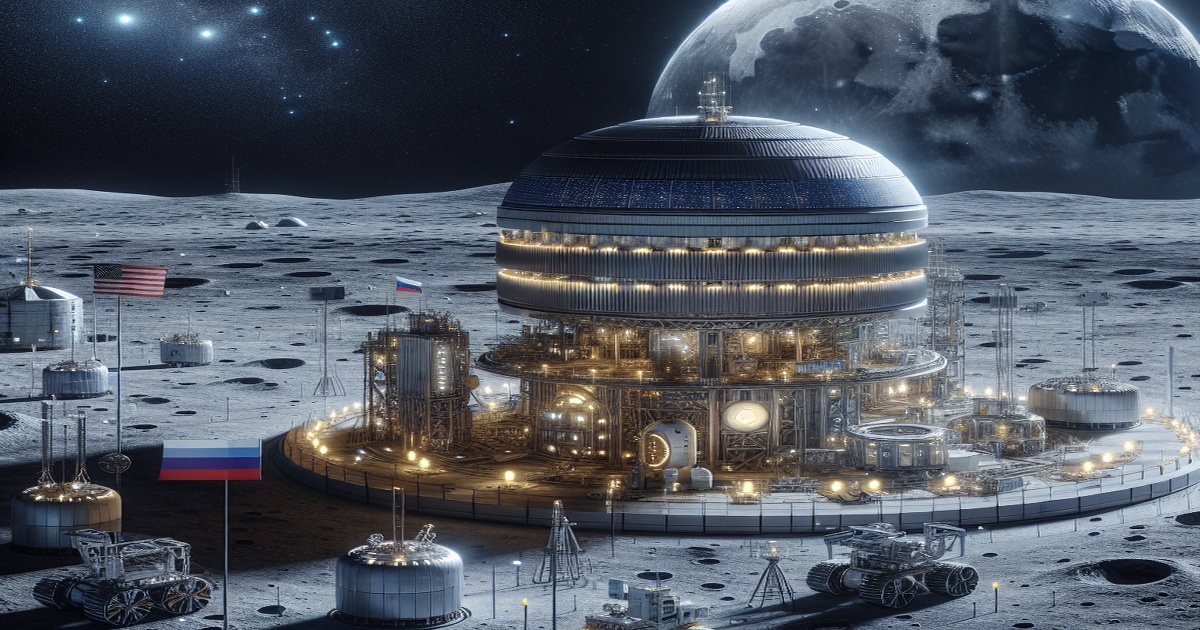The Trump administration is setting its sights on the moon, aiming to establish a nuclear reactor there by the decade's end as part of a strategic effort to outpace Russia and China. Secretary of Transportation Sean Duffy, who is also the acting administrator of NASA, emphasized the necessity of energy for any future base on the moon, pointing out that solar power will be available at various locations but stressing that fission technology will play a crucial role. At a recent press conference, he revealed that significant research has already been funded, amounting to hundreds of millions of dollars.
In a directive issued on July 31, Duffy highlighted the plans of Russia and China to collaborate on a lunar reactor by the mid-2030s. He warned that this could lead to the establishment of an exclusionary zone around their lunar facilities, which could impede American operations on the moon. Eugene Kontorovich, a senior research fellow, elaborated on the implications of lunar colonization and militarization, underscoring the fierce competition and the critical need for energy, with nuclear power presenting itself as the most viable solution.
The advantages of constructing a nuclear reactor on the moon include its capability to provide substantial energy without the negative emissions associated with fossil fuels. Jack Spencer, a senior research fellow in energy policy, pointed out that a small nuclear fuel pellet can produce as much energy as multiple tons of coal or gallons of oil. This efficiency is crucial in the context of space missions where transporting weight is extremely costly, and the risk of astronauts getting stranded is a significant concern.
According to Duffy, the planned reactor would need to generate around 100 kilowatts, which is comparable to the energy used by a typical 2,000-square-foot home over three days and a half. Spencer added that utilizing fission eliminates the burning associated with traditional energy sources, which means that extensive supply chains from Earth to the moon would not be necessary.
The push for a permanent lunar settlement is part of a larger trend of increasing military and strategic activities by Russia and China in both the Arctic and Antarctic regions. As these great powers extend their influence globally, Alaska Governor Mike Dunleavy remarked on the growing frequency of military operations in the Arctic, signifying a competitive landscape extending far beyond Earth's atmosphere.







5 Comments
Raphael
The focus should be on scientific exploration, not proving dominance by building a nuclear reactor.
Michelangelo
Nuclear power eliminates the need for costly and risky resource resupply from Earth.
Habibi
Nuclear energy is not without its environmental concerns, even on the moon. Think about risks.
Coccinella
This is a smart move. Fission technology is the only viable long-term energy solution for the moon.
Africa
NASA should be prioritizing scientific discovery, not competing with other nations for resource control.